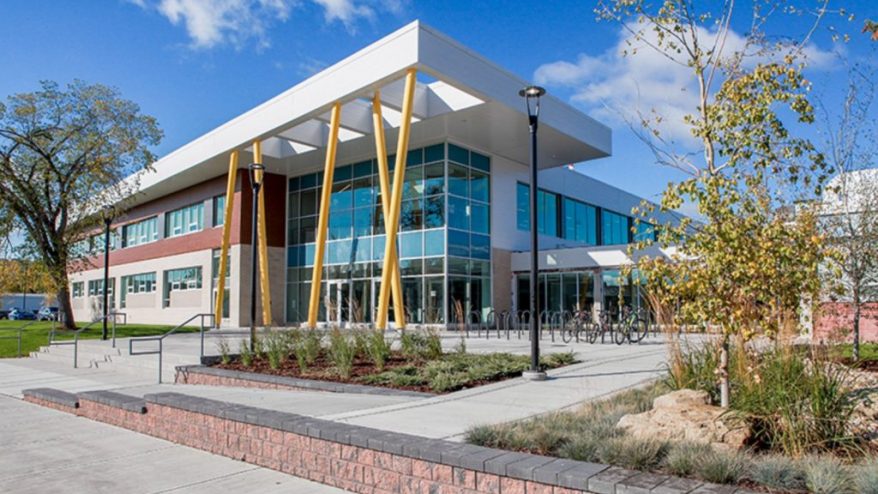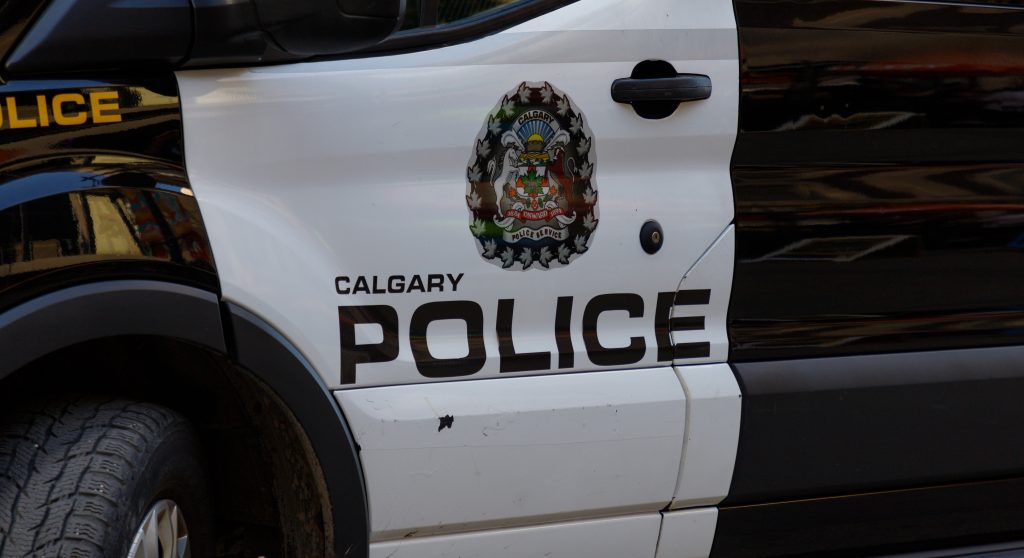Alberta students excited for normal end to classes after COVID-19 disruptions

Posted Jun 16, 2022 11:08 am.
Last Updated Jun 16, 2022 11:40 am.
Some Alberta senior high school students say they feel grateful for being able to mark the last day of classes without public health restrictions for the first time since the COVID-19 pandemic began.
To celebrate Thursday, Grade 12 students at Harry Ainlay High School in Edmonton planned to watch the sun rise at 5 a.m. and drink hot chocolate together.
“It was tough with COVID to form connections with other students. That was missing in our high school experience,” said Kirsten Krochak, 17.
“Even though we didn’t have (a prom), I’m pretty satisfied with what we got,” added Paul Lifotra, 18.
Lifotra, Krochak, and Isabel Wei, 18, say their school had a somewhat traditional graduation ceremony earlier this month. Loved ones gathered in an open field and watched students accept their certificates and handshakes from school staff.
“Everyone was very grateful that they got to experience that milestone in their life,” said Wei.
“We didn’t expect a full-crowd ceremony like that,” said Lifotra.
All three said they were separately able to celebrate with friends and family.
The Calgary Board of Education, which oversees Western Canada’s largest school district, said most students have been feeling positive.
“This year was a different gravity compared to a year ago or two years ago,” said chief superintendent Christopher Usih.
“Students have come quite a long way. They’re looking forward to finishing the school year and have a relatively normal summer.”
When the pandemic began, Usih said, classrooms closed and more than 125,000 students continued their education while isolated in their homes.
Instead of blackboards, they stared at computer screens. The year ended with graduation and awards ceremonies online. Extracurricular activities and sports were cancelled.
Usih said schools struggled that year because they didn’t have a road map. Students’ mental health worsened as many became ill or were constantly anxious about getting sick and spreading COVID-19 to their loved ones.
At the chaotic peaks of various waves, teachers and parents warned that the pandemic was having detrimental social and health consequences for children living in poverty.
READ MORE:
-
How a rare, mysterious liver illness in children could be linked to COVID-19
-
Alberta COVID-19 cases, hospitalizations on decline as final health restrictions removed
-
‘Not a time for stigmatization’: Concerns about health messaging during monkeypox outbreak
In 2021, challenges continued as COVID-19 led to never-before-seen staffing shortages, which exacerbated a learning gap caused by schools having to constantly transition between online and in-person learning, Usih said.
Pre-pandemic, an average of about 50 teachers were absent in the division every day, he said. Over the course of the pandemic, the division constantly scrambled to fill about 120 positions daily.
Students complained that physical education, music classes, and food and nutrition studies were awkwardly being taught online, along with mathematics and science.
Early this year, Alberta lifted public health restrictions and gave students and teachers the option to be in classes without masks.
The Calgary and Edmonton public school boards reported a slight increase in COVID-19 cases following the changes, but websites show the numbers are on the decline again.
“This year, we’ve been fortunate that even with our disruptions, the majority of time … we have been in-person here in Alberta,”Usih said.
“That’s not to suggest that it has been smooth sailing.”
Jason Schilling, president of The Alberta Teachers’ Association, said he expects staffing shortages to continue next school year.
He said the association wants the provincial government to find ways to support the mental health of students, teachers, parents and staff when classes resume in the fall.
“Students have gaps within the curriculum that teachers will try to cover next year,” Schilling said.
“That has been a really big focus … making sure that we get our kids caught up with the learning that they need.”
Schilling and Usih say that gap will be harder to close because schools will be teaching a new kindergarten through Grade 4 curriculum that has been heavily criticized since it was brought in by the provincial government.
“Teachers are already working with students who have been struggling during the pandemic,” Schilling said. “A new curriculum is adding extra stress and anxiety to those still dealing with staffing shortages and sick students and teachers.”
Usih said despite the challenges, schools are ending the year with “all hands on deck.”
“The commitment and resilience of students and staff has been incredible,” he said.
“Frankly, it’s what keeps us going.”








